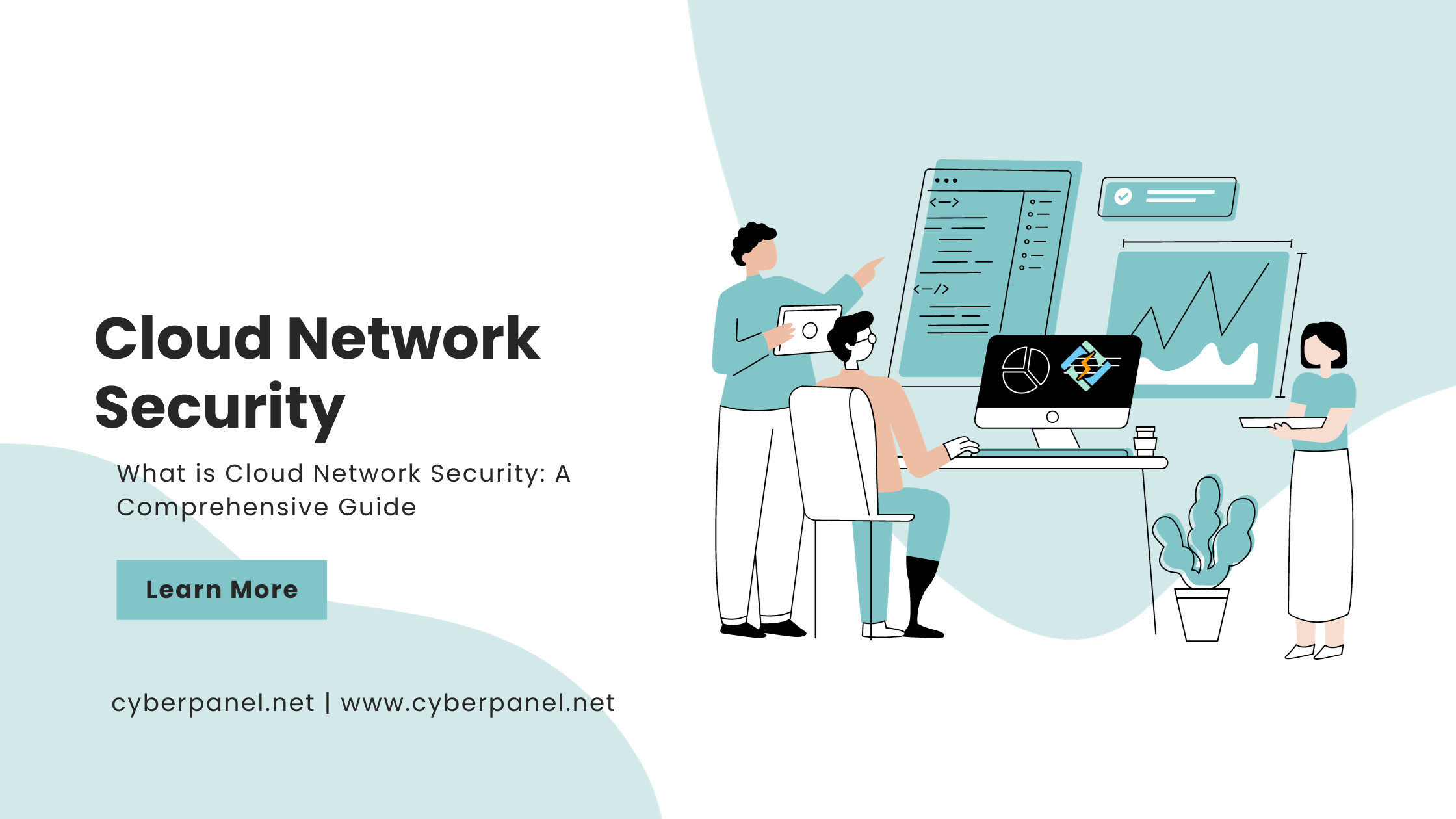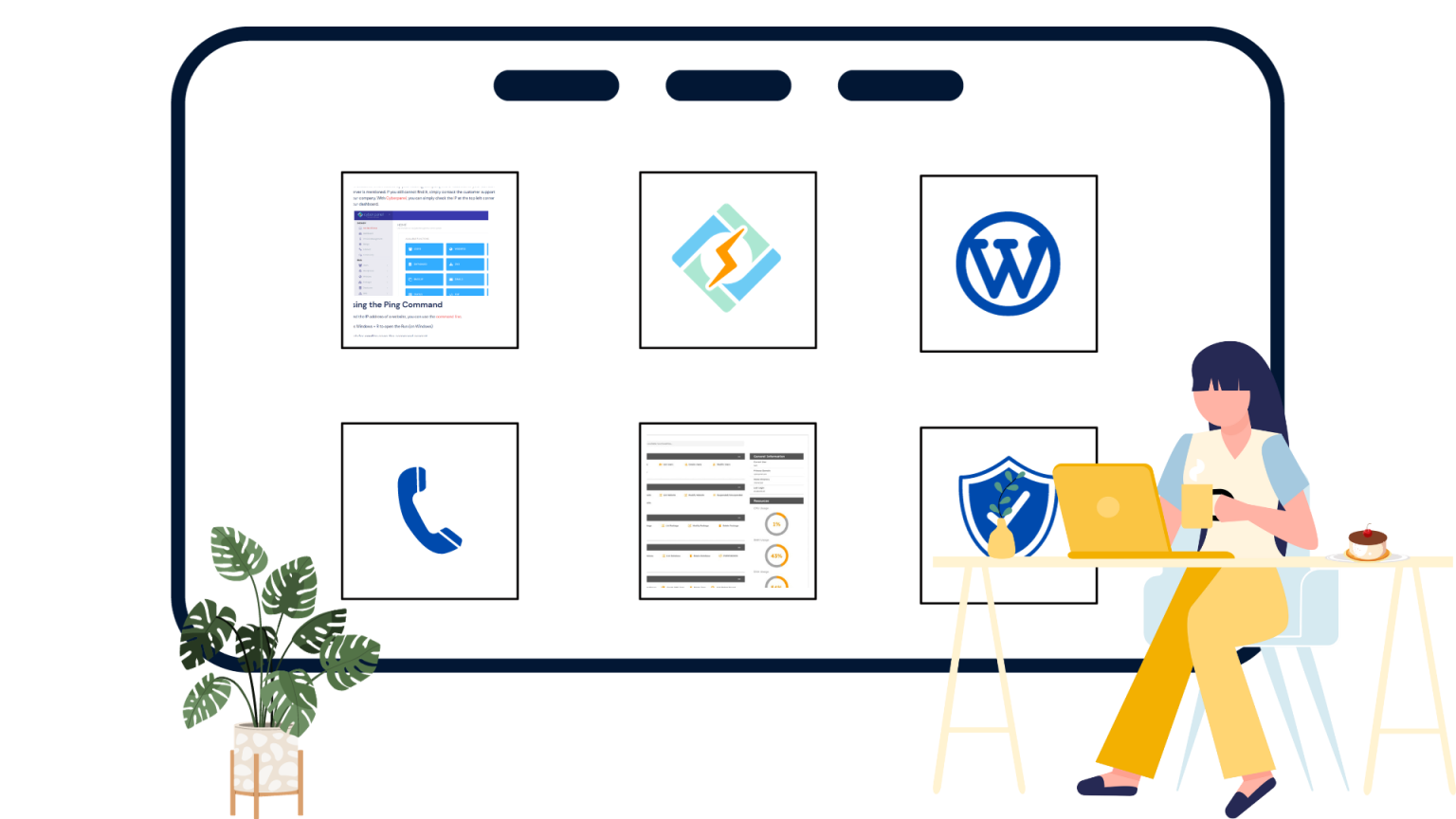
In today’s digital era, businesses increasingly rely on cloud computing to enhance flexibility, scalability, and efficiency. However, the widespread adoption of cloud services has also brought about a host of security challenges. Cloud network security is critical to safeguarding sensitive data and ensuring the smooth functioning of cloud-based applications. This article delves into the intricacies of cloud network security, exploring the key components, challenges, and best practices for securing cloud environments.
Cloud Network Security Defined
Cloud network security encompasses a comprehensive set of measures—technology, policies, controls, and processes—implemented to safeguard public, private, and hybrid cloud networks. It is a foundational layer of cloud security designed to protect cloud networks from unauthorized access, modification, misuse, or exposure.
Importance of Cloud Network Security
Moving beyond traditional on-premises perimeters, cloud environments require a shift in security paradigms. Trust in both the cloud service provider and the organization’s internal systems becomes paramount. The extension of networks to cloud environments introduces new security implications, challenging the effectiveness of historical on-premises security measures.
Cloud network security becomes essential to keep pace with the dynamic nature of modern IT environments. It facilitates the deployment, management, and scalability of network security directly integrated into the cloud, ensuring minimized risk, compliance adherence, and the safety of operations.
Key Components of Cloud Network Security

1. Authentication and Access Control
- Authentication mechanisms, such as multi-factor authentication (MFA), play a pivotal role in verifying the identity of users accessing cloud resources.
- Access control policies define who can access what resources, helping organizations enforce the principle of least privilege.
2. Data Encryption
- Encrypting data in transit and at rest is fundamental to protecting sensitive information from unauthorized access.
- Secure Sockets Layer (SSL) and Transport Layer Security (TLS) protocols are commonly used for encrypting data in transit, while encryption algorithms like AES are employed for data at rest.
3. Network Monitoring and Logging
- Continuous monitoring of network traffic helps detect anomalous activities and potential security threats.
- Logging and auditing are essential for maintaining a comprehensive record of activities within the cloud environment, aiding in forensic analysis in the event of a security incident.
4. Firewalls and Network Segmentation
- Firewalls act as a barrier between a trusted internal network and untrusted external networks, controlling incoming and outgoing network traffic.
- Network segmentation involves dividing a network into smaller segments to reduce the attack surface, limiting the lateral movement of threats within the cloud environment.
5. Identity and Access Management (IAM)
- IAM systems manage user identities, roles, and permissions within a cloud environment.
- Role-based access control (RBAC) ensures that users have the necessary permissions based on their roles, minimizing the risk of unauthorized access.
Challenges in Cloud Network Security
1. Data Privacy Concerns
Storing data in the cloud raises concerns about data privacy and compliance with regulations like GDPR. Organizations must understand where their data resides and implement measures to ensure compliance.
2. Shared Responsibility Model
Cloud service providers (CSPs) operate on a shared responsibility model, where they provide security for the cloud infrastructure, while customers are responsible for securing their data and applications. Understanding and implementing the right security measures in this shared model can be challenging.
Get exclusive access to all things tech-savvy, and be the first to receive
the latest updates directly in your inbox.
3. Visibility and Control
The dynamic nature of cloud environments makes it challenging for organizations to maintain visibility and control over their assets. Automated tools and cloud security platforms can assist in monitoring and managing resources effectively.
Best Practices for Cloud Network Security
1. Regular Security Audits and Assessments
Conduct regular security audits and assessments to identify vulnerabilities and ensure that security measures are up to date.
2. Employee Training and Awareness
Educate employees on security best practices and the potential risks associated with cloud usage to reduce the likelihood of human error.
3. Implement Security Automation
Leverage automation tools for continuous monitoring, threat detection, and incident response to enhance the overall security posture of the cloud environment.
4. Regular Software Patching
Keep all software and systems up to date with the latest security patches to mitigate known vulnerabilities.
5. Incident Response and Disaster Recovery Plans
Develop and regularly test incident response and disaster recovery plans to minimize downtime and data loss in the event of a security incident.
FAQs
What is cloud network security, and why is it important?
Cloud network security refers to the set of measures, policies, controls, and processes implemented to protect public, private, and hybrid cloud networks from unauthorized access, modification, misuse, or exposure. It is crucial for ensuring the safety of data, applications, and systems in cloud environments, as traditional security approaches may not fully address the unique challenges posed by cloud computing.
How does cloud network security differ from traditional network security?
While traditional network security focuses on securing on-premises infrastructure with distinct perimeters, cloud network security adapts to the dynamic nature of cloud environments. It involves protecting data and applications in a distributed and often shared infrastructure, emphasizing policies, controls, and technologies specifically designed for the cloud.
Why is securing internet-facing services crucial in cloud network security?
Securing internet-facing services is essential to limit access from the internet to cloud resources. This involves implementing edge network security with DDoS protection, web application firewall (WAF) policy enforcement, identity-aware control access, and intelligent threat detection to safeguard against external threats and vulnerabilities.
What challenges does cloud network security face, especially in a dynamic cloud environment?
Cloud network security faces challenges due to the dynamic nature of cloud computing, such as automatic scaling, containerization, and hybrid environments. Maintaining accurate security assessments becomes difficult, and the shared responsibility model adds complexity in defining and managing security responsibilities.

How does zero-trust network security contribute to cloud network security?
Zero-trust network security assumes no inherent trust, requiring authentication and verification from anyone, whether inside or outside the network. Implementing a zero-trust model in cloud network security enhances access control by shifting the focus from the network perimeter to individual users and devices.
Conclusion
Cloud network security is a multifaceted challenge that requires a proactive and comprehensive approach. By adopting best practices, staying informed about emerging threats, and leveraging advanced security technologies, organizations can create a robust defense against cyber threats in the cloud. As the digital landscape continues to evolve, prioritizing cloud network security cannot be overstated, making it a critical element of any organization’s overall cybersecurity strategy.



